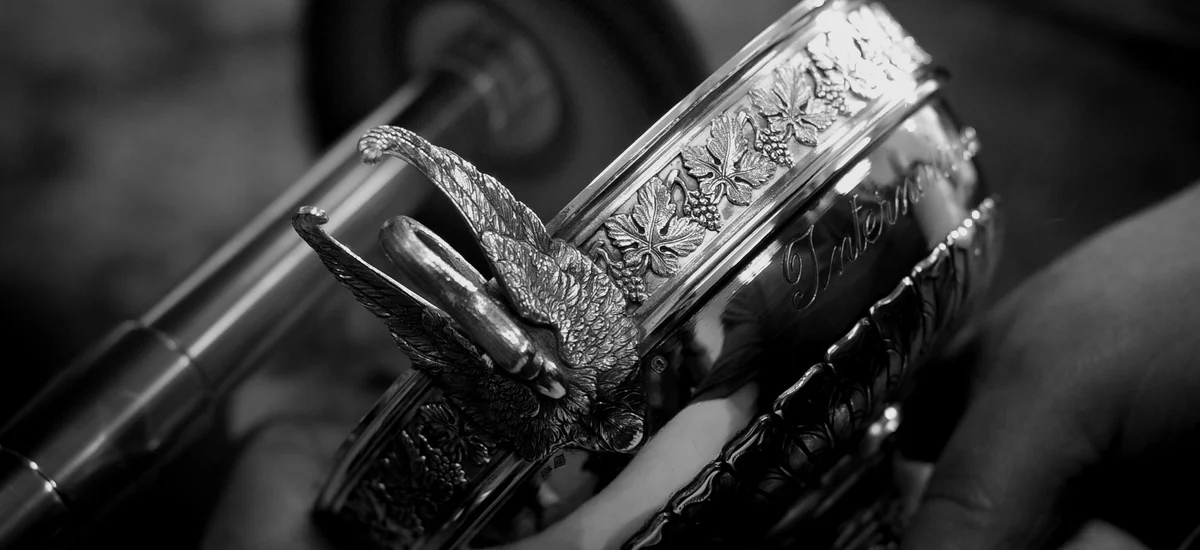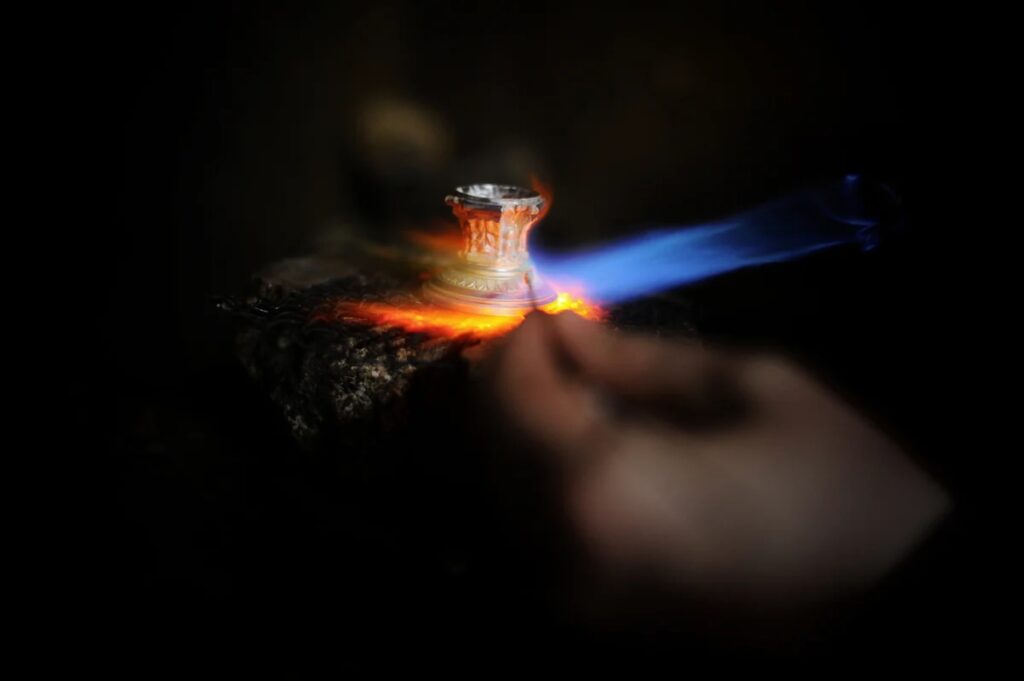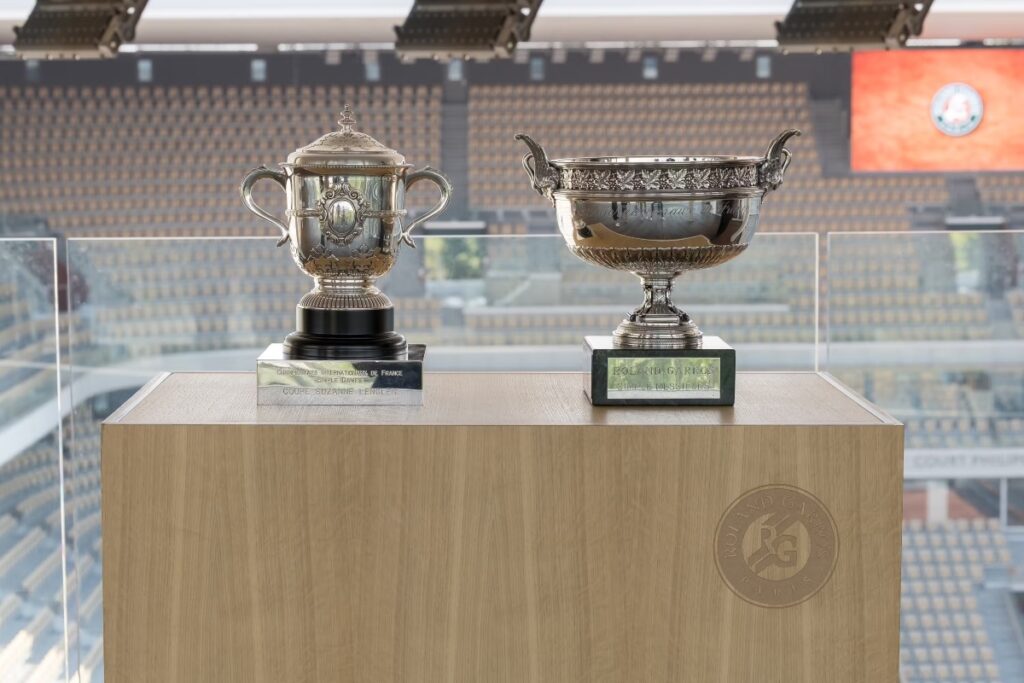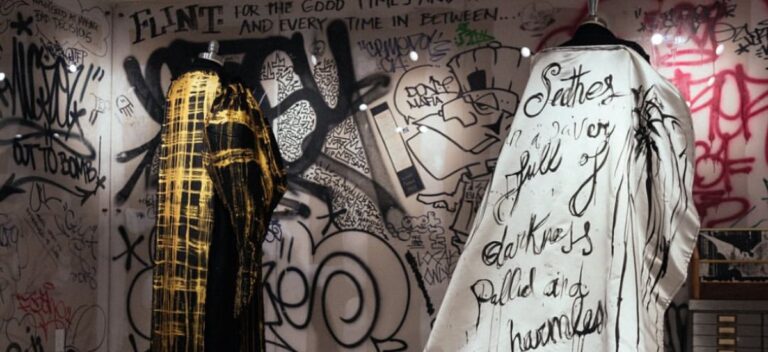Four Centuries of French History
Maison Mellerio traces its roots to 1515, when the Mellerio family left Italy’s Val Vigezzo for Paris. In 1613, Queen Marie de Médicis granted the family special privileges for their loyalty.
For generations, they served royals, emperors, and nobles, becoming synonymous with elite French luxury.
Jean-Baptiste Mellerio sold his creations outside Versailles before catching the attention of Marie Antoinette herself. This royal favor opened doors, making Maison Mellerio a fixture of the French court.
Later, the Empress Joséphine became a key patron, regularly visiting the boutique on rue Vivienne and introducing the house to the Bonaparte dynasty.
Maison Mellerio Today: Independent and Timeless
Maison Mellerio remains a rare jewel in the modern luxury world—still family-run, proudly independent, and fiercely dedicated to its heritage.
Now in its 15th generation, the house continues to combine creativity, discretion, and mastery.
Its connection to sport, art, and royalty is not just history; it is a living tradition, visible in every trophy, every gem, and every handcrafted detail.
Through its continuing role in Roland Garros and its unwavering standards, Maison Mellerio proves that excellence never goes out of style.














